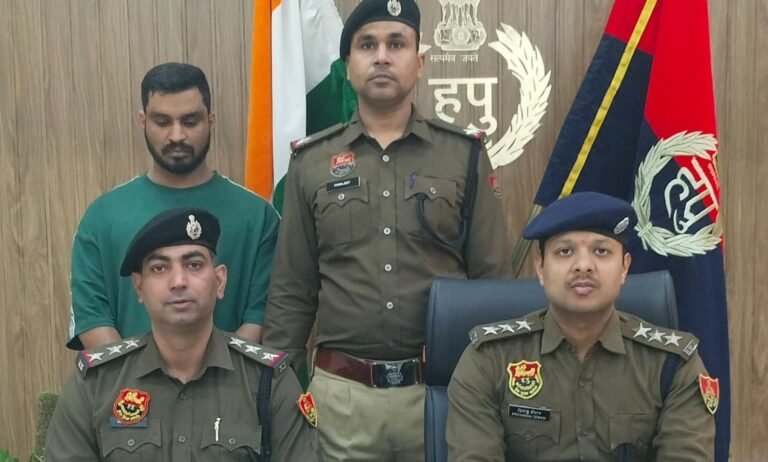
Bilkul Sateek News
Gurugram (Paridhi Dhasmana), 26 July — In Lane 5 of Sector 7, just outside house numbers 425 to 430, water doesn’t flow—it stays. And when it stays long enough, it mixes with the earth to produce something that could generously be described as “muddy chaos” and less generously as a civic embarrassment.
A recent video from the area lays it bare: stagnant water pooled across the road, dark sludge forming its own topography, and no sign of any municipal intervention—unless silence now counts as policy.
BN Chopra, a resident of Sector 7, has grown used to this routine. What he hasn’t grown used to is the effort required to get something—anything—done about it.
“Really anxiously awaiting again for corrective action steps,” Chopra said. “But can’t say how long again to wait and how many times it shall be required to remind also, at the cost of annoyance to self and all concerned.”
It’s the kind of line that says more about administrative fatigue than it does about personal frustration. And it carries a familiar beat: repeated complaints, mounting civic stress, and the eventual turn to news outlets—not out of preference, but necessity.
The issue is neither new nor sudden. Residents have raised sanitation concerns multiple times over the past few months, pointing out how water stagnation outside homes not only disrupts daily mobility but becomes a breeding ground for health hazards. The so-called “corrective actions” often arrive long after the damage has settled in—and even then, more in spirit than in substance.
So far, there’s been no official response to this fresh round of video evidence. The roads, however, continue to respond—with the squelch of every passing foot and tyre.
And in a city that talks smart infrastructure and urban progress, Sector 7’s Lane 5 poses a quietly damning question: If waterlogging outside your home needs a camera crew to get cleared, is the system really clogged—or is that just what it’s designed to be?








